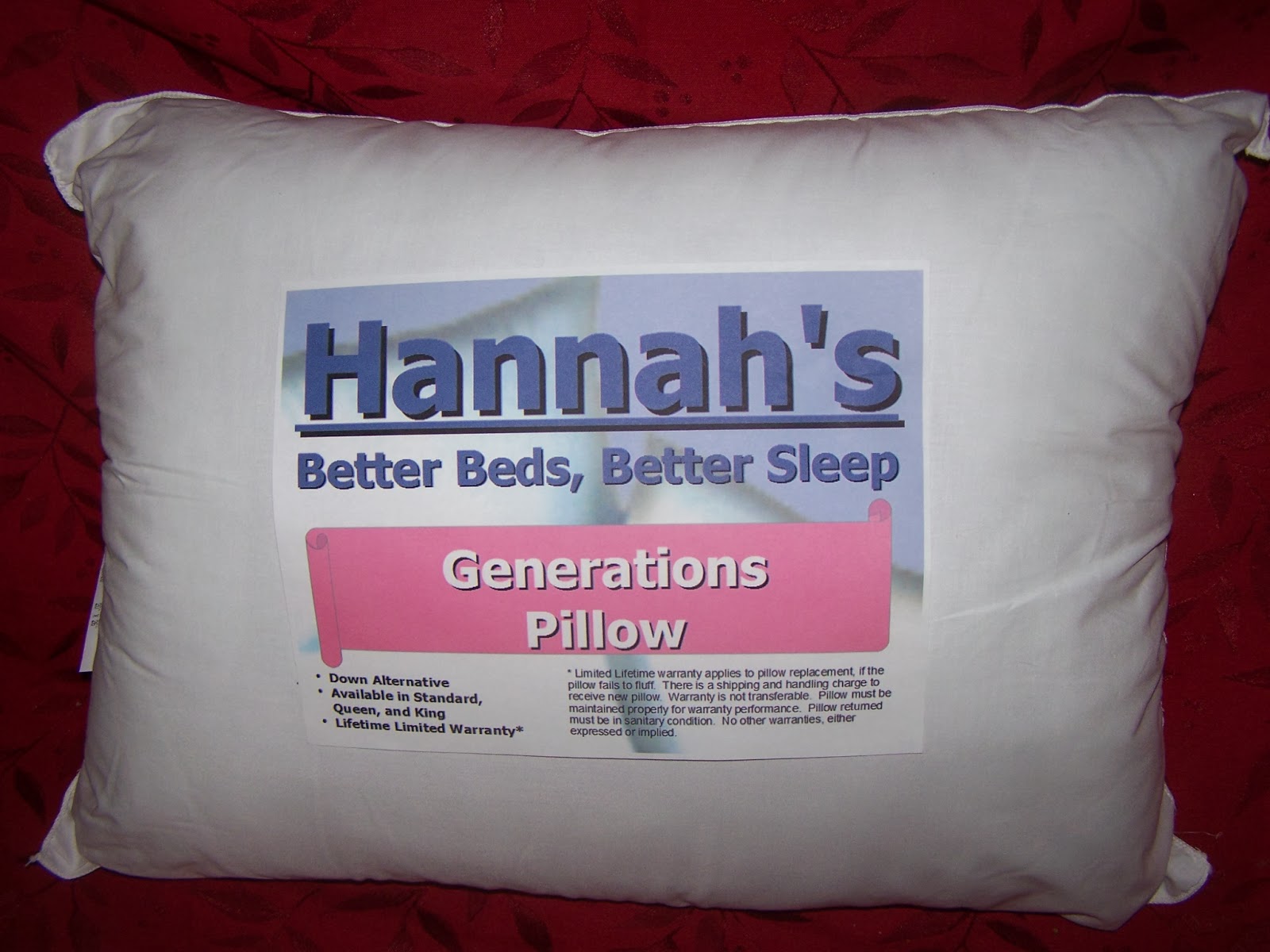The history of bedding is replete with innovation and enhancements to make a great night's sleep attainable for the masses. Consider that the earliest humans had no bedding stores, so they had to make do with things that were available to them. Our early ancestors slept on the ground, and there are some today that as push back to the sales process still say they could do that. Early sleepers slept on grass or moss. Then came the elevated beds, to get some distance from some vermin that were getting in to the materials. In the middle ages further enhancements included putting these materials in a sack, or using feathers instead of grass kept it more tidy. In the late 1800s, not that long ago, innerspring replaced these materials to give a more consistent feel, and a longer lasting bed.
Then the improvements on springs, enhanced the sleep surface. Cotton batting, and later foams softened the feel of this technology. In the 1960s, experimentation began with other technologies, first to hit the market was water. Water offered a pliable surface that would mold to the individual sleeper, and these alternatives had moderate success. Latex foams were also coming in to their own with some beds becoming all foam. In the late 1980s two new technologies were introduced, memory foam and air technology.
The technologies often overlapped, foam on top of springs, soft side water beds, waveless water beds are all hybrids of different technology. Memory foam found success and the innovator, Tempurpedic has grown vastly in size. Air also found acceptance, and firms like Sleep Number and Comfortaire were born. Today there are four basic technologies, and they have all enhanced their products over the years. As an example, Tempurpedic combined their foam with air, and Sleep Number and Comfortaire have found ways to add memory foam to their products.
A few years ago, Serta introduced the first gel foam bed to the market. It was an almost instant success, and bred a number of copies. The Serta bed was gel infused, offering a cooler sleep surface. Cool sleep has become the new goal, in fact we had a customer in our store the other day with a thermometer in hand to see how the beds warmed, or didn't warm more specifically. Our store recently added a gel latex bed to our mix. Right now, we can only find it from one manufacturer, but with success, we are sure more will be coming. Do they work?
All things made by man are in some ways imperfect. However, these materials seem to be offering a cooler night sleep than previous beds. Our customer, also found that some of our materials did very well in his test. The thing is, if you think you can turn off the air conditioner and rely on the bed to keep you cool, it won't. And many of the new fabrics are what are called temperature regulators.
These temperature regulators, like Outlast, are designed to regulate temperature, not always cool. When Outlast first hit the market some sales people would encourage customers to feel the cool, which when you first lay on them they are. Outlast pulls heat from the sleeper and stores it. When the metabolism starts to lower, it releases the heat back, regulating temperature.
Getting back to the gel products, we found that the gel foams stay cool to the touch for an extended period. The gel seems to repel heat producing a cooling effect. At first there was only gel memory foam. As we noted earlier, we introduced a gel latex bed recently. The latex in this particular bed is talalay latex, which has always been a product that encouraged air flow. When the gel was added it produced a great feel, and stayed reasonably cool. Some prefer the feel of latex, it is similar to the feel of the recliner in the family room. Rather than sinking deeply in to it, it does offer posturization, but springs back nicely when you move.
These materials will help the average person sleep a bit more comfortably, it is important to choose which one based on your personal preferences and needs. There are some people who may get hot even with these great materials, there is hope for them as well. Some add ons have been marketed that actually allow for active cooling, or heating. The most popular, and we feel the best, is circulating water that is either heated or chilled in a device under the bed. These are energy efficient semi conductor machines that are small, yet effective. There is also one recently offered using air to warm or cool the mattress, this seems like it might be good, but this early model has limited range of temperature change, and is not thermostatically controlled.
What ever your needs, now may be the best time to find a new bed, these awesome materials make it hard to believe the technologies can get much better, but we are sure they will! Even if you are not in the market right now for a new mattress, stop by and try some of these materials, learn what is available to make it easier when it is time to replace your mattress. What ever your needs are, as always, we hope you....
Sleep Well!






